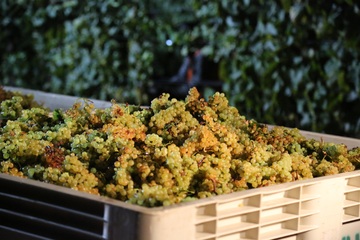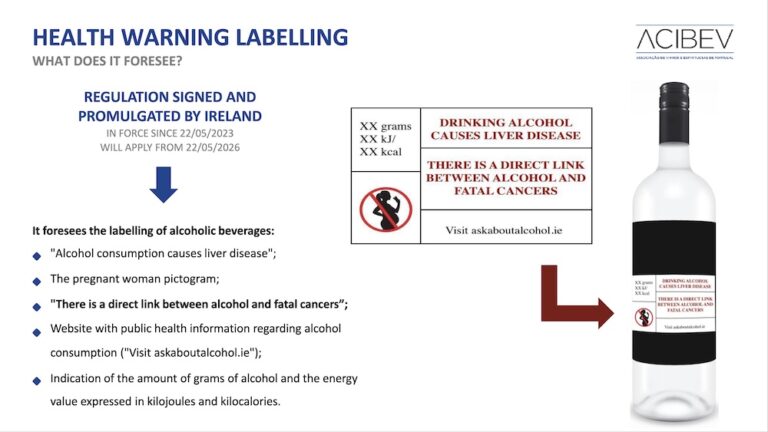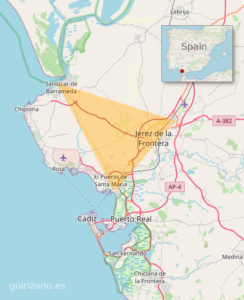Sparkling wine is like a celebration in the bottle. The sound of the pop corking, bubbles rising to the top of my glass and the sensation of the effervescence on my nose put a smile on my face every time. There is truly something special about sparkling wines, but all sparkling is not created equal. There are different production methods to concoct those bubbles and each results in a different style of wine. But don’t worry, I am going to break these methods down so that you sound like a pro during your next wine adventure.
Generally speaking, there are three main ways to make wine “sparkle.” The Traditional Method (Méthode Traditionnelle / Champenoise), Charmat Method (Tank Method / Metodo Martinotti) and the Ancestral Method (Pétillant Naturel / Pét-Nat.) Each of these techniques creates bubbles in a unique way, resulting in strikingly different profiles in taste, texture, and overall style. From the refined, toasty complexity of bottle-aged traditional method to the bright, fruity expression of Prosecco, and the rustic, funky character of a pét-nat, these methods offer a bubbly experience for every kind of palate and occasion.
 The Base Wine
The Base Wine
All sparkling wine starts its journey as a still wine before it gets its signature fizz. The process begins with traditional winemaking steps: grapes are harvested, pressed, and fermented to create a base wine. This wine is often lower in alcohol and higher in acidity than wines that are produced for table wines. This base wine is essentially the foundation. The sparkle comes from a second fermentation. During this second step, sugar and yeast are added to the base wine to restart a new fermentation. This time capturing the carbon dioxide the yeast expel and producing the bubbles that we love. While the base wine sets the stage, it’s the second fermentation method that determines the final style, texture, and complexity of the sparkling wine.

Traditional Method
The Traditional Method, also known as Méthode Traditional or Champenoise, is generally considered the most revered technique for producing sparkling wine. In this method, the second fermentation takes place directly in the bottle. The base wine is completed and then sugar and yeast are added. The bottle is closed with a crown cap and the second fermentation is allowed to occur. The crown cap is then removed in a process called disgorgement. Wines like Champagne, Cava, and Crémant are made using this process, resulting in fine, elegant bubbles and complex flavors. Thanks to extended contact with the lees (the dead yeast cells), these wines often develop rich, toasty notes of brioche, almond, and pastry. While it’s a labor-intensive and time-consuming approach, the payoff is a layered, refined sparkling wine that’s for many is considered the gold standard for quality.
Charmat Method
The Charmat Method, also known as the Tank Method or Metodo Martinotti, is a quicker and less labor intensive way to produce sparkling wine, especially styles meant to highlight fresh, fruity flavors. In this process, the second fermentation takes place in a large, pressurized stainless steel tank rather than in individual bottles. This method is commonly used for wines like Prosecco or Lambrusco. This process preserves the bright aromatics and vibrant fruit notes. The resulting wines typically have larger bubbles that dissipate quicker than the traditional method. In contrast to the brioche this style has a clean, floral character, resulting in a crisp, refreshing, and easy-drinking. Charmat Method sparklers are ideal for casual occasions, brunches, and perfect for making mimosas.
Ancestral Method
The Ancestral Method, often labeled as Pétillant Naturel or Pét-Nat, is the oldest—and perhaps the most unpredictable—way to make sparkling wine. Unlike other methods, pét-nats undergo only one fermentation that’s interrupted mid-way, with the wine bottled before fermentation is complete. (EEK!) This allows the remaining natural sugars and yeast from the base wine to finish their work in the bottle, creating bubbles without any added sugars or secondary fermentation. The resulting wine is a slightly fizzy that’s often unfiltered leading to a cloudy wine that is full of character (funk). This style of wine requires a lot of trust on the behalf of the winemaker because there’s no blending, dosage, or second chances once it’s bottled. Since the fermentation finishes in the bottle without the tight controls used in other sparkling methods, the final wine can be a bit unpredictable. It’s this unpredictability that some find charming.





